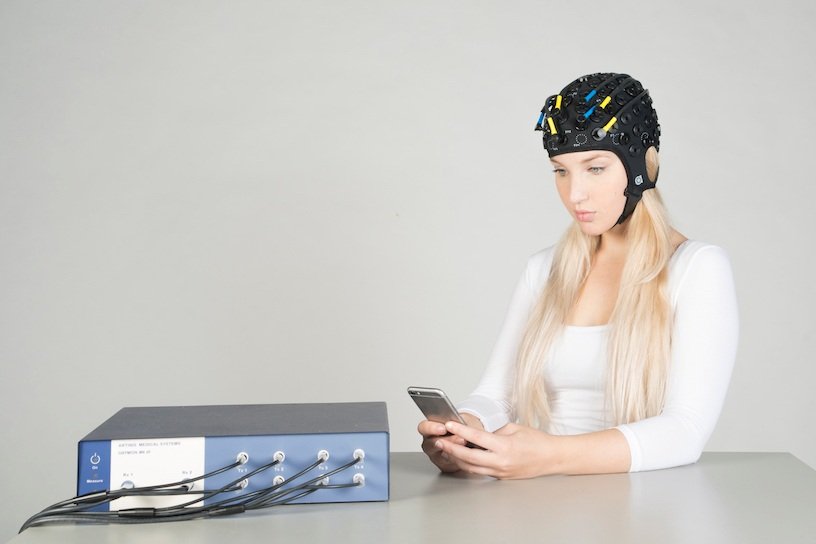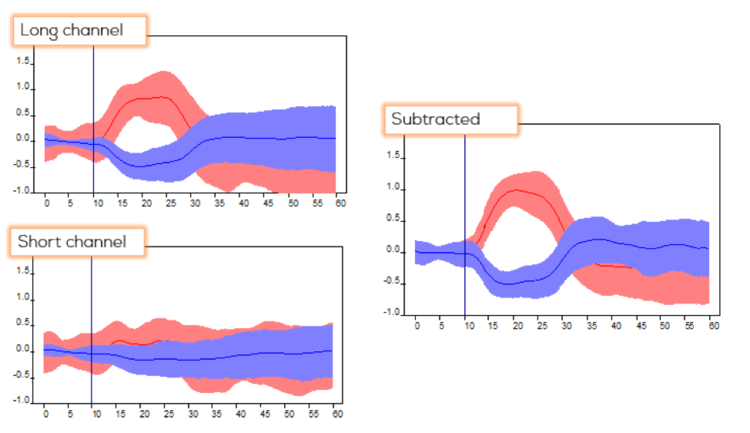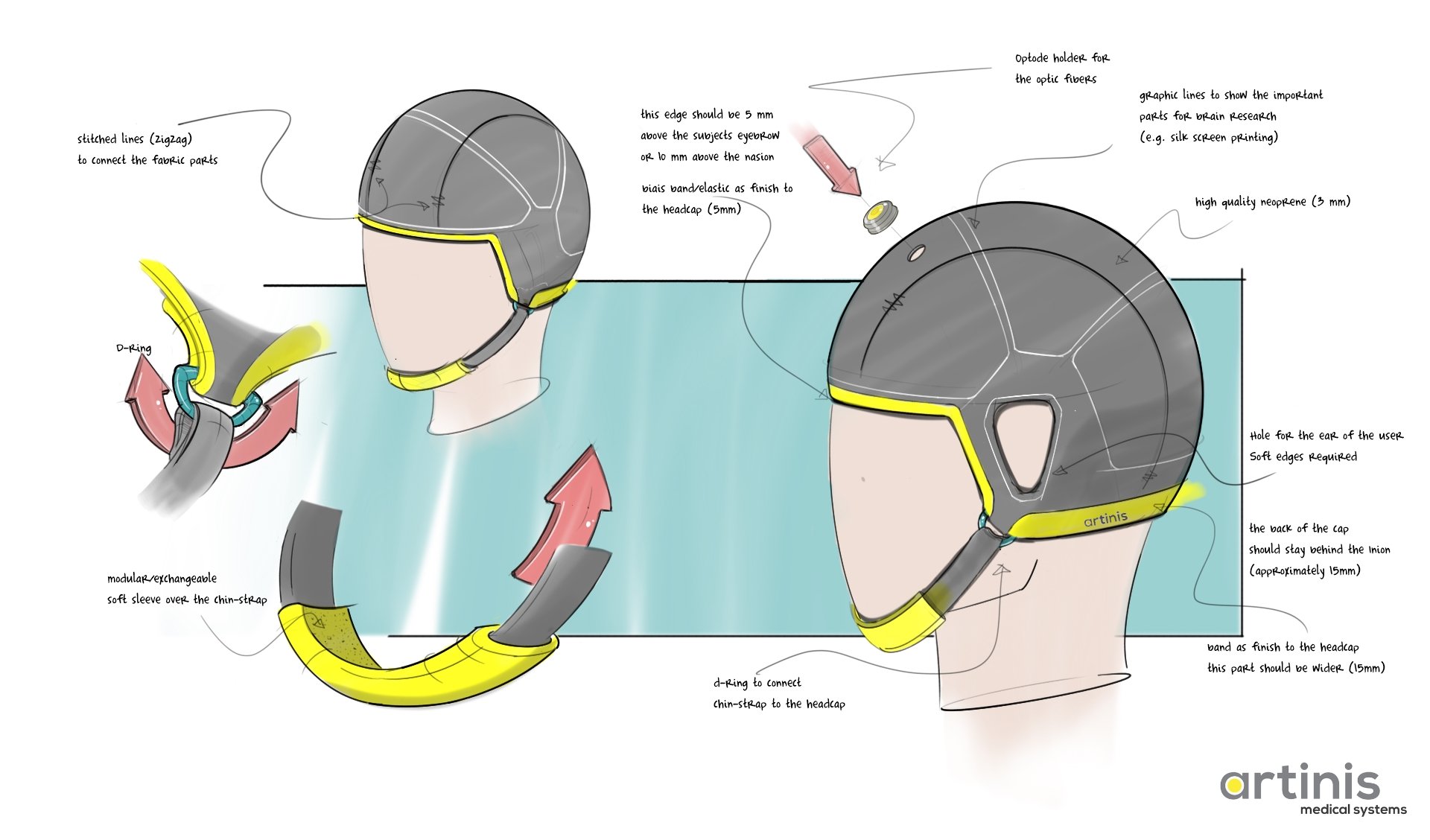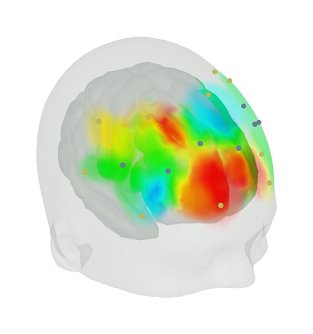In Artinis NIRS blog, you will find the latest trends in (f)NIRS, NIRS studies and applications, tutor from the leaders of near infrared spectroscopy, not to mention detailed insights and tips and tricks for your research!
Search blog post topic

How NIRS is used in brain-computer interfaces
Imagine a person wearing a Brite and playing a demanding video game. This video game is difficult, and the mental workload is increasing drastically. Changes in blood volume, or hemodynamic changes, which are associated with the increase in workload is registered using the Brite. This blog will expand on how a NIRS-based BCI works and what researchers have made possible using NIRS-based BCI.

Short separation channels: the new trend in fNIRS
Short separation channels are the new trend in fNIRS. However, what is the functionality of such a short separation channel in brain oxygenation research?

Publication overview 2018
A special thanks to our customers who published so many articles with our (f)NIRS devices and we hope you will keep on publishing in the future!

NIRS and connectivity measures: an Interview with Prof. Stephane Perrey
fNIRS, as a neuroimaging method, was introduced more than two decades ago. Innovation in equipment, tools, and methods based on related-neuroimaging methods is increasing thanks to several companies and academic laboratories. The use of fNIRS in future research practices will aid in advancing modern investigations of human brain function. Connectivity measures will contribute to the field of neuroscience and a multimodal imaging approach is likely required.

Combining the world of NIRS and EEG
EEG and fNIRS are complementary measuring techniques. EEG measures electrophysiological brain activation, that is the electromagnetic field created when neurons in the brain are firing. fNIRS measures the hemodynamic response, that is the change of oxygen in the blood when a brain region becomes active. By combining EEG and fNIRS, a more complete picture of brain activity is obtained: activation of neurons and energy demand of neurons.

The do's and don'ts of baselines
A common question we get from our customers is what is a baseline and how to use it. Generally with fNIRS, the absolute values are arbitrary. The period before a stimulus is often referred to as the baseline. In this blog we will describe the do's and don'ts of baselines.

Publication overview 2016
At Artinis we consider ultimate success to be good publications by our customers. To see how we are doing we have systematically searched Google Scholar for NIRS and fNIRS publications.

Just a ‘simple’ cap
An insight guide into NIRS head-cap development by our designer Wout Kregting

Finding Prana: An Artist’s Experiment with fNIRS

How to create the best optode template for your fNIRS setup

3D Digitization and Co-Registration to the MNI brain template using OxySoft
How do we know that the most active channels are located over the brain region of interest and not somewhere else? Of course, an experienced researcher just knows where to place the optodes, but is that enough to convince a potential highly-critical reviewer or fellow scientist?

User case: Combining multiple Artinis devices
Auditory cortex measurement with fNIRS.
